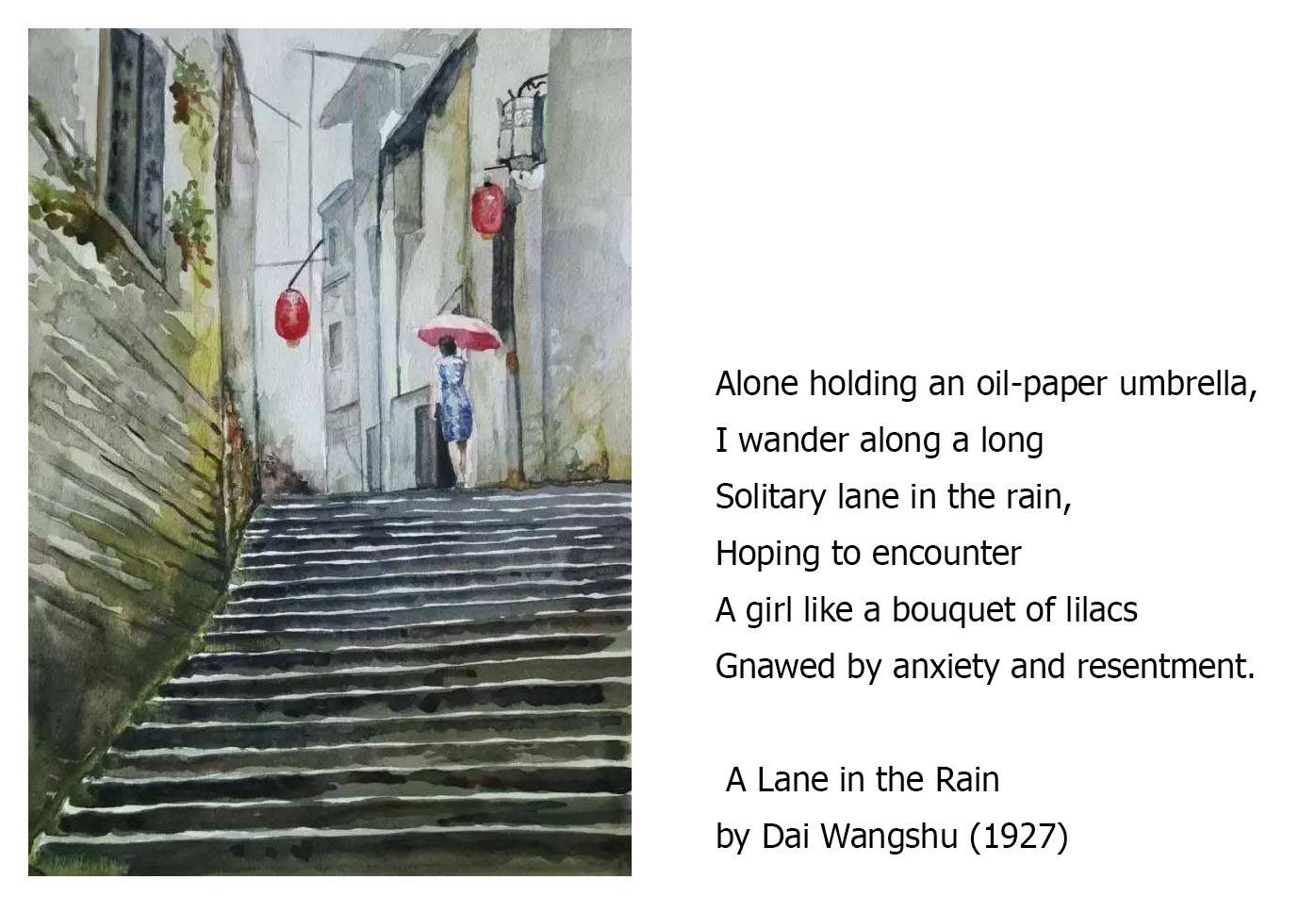MORE THAN TWO millennia ago, a young man and his sister decided to go a scenic spot called the West Lake for a picnic. But then it began to rain heavily. The pair, along with other sightseers, hurried to find shelter at nearby pavilions.
From there, they found out that they could look out at the beautiful scenery, but were sad that they could not go for a walk.
“I wish I had a movable pavilion,” the young woman said.
A moveable pavilion? The young man’s eyes widened. Of course!
The young man was Lu Ban (魯班), a famous carpenter and inventor who lived in the era known as the Spring and Autumn Period in China, which ran from 770 BC to 476 BC.
He went on to invent the world’s first umbrella, or so the story goes. From then on, he could take his sister out in any weather, including on rainy days—and the invention he produced has changed the lives of people in every country on earth.
THE SCHOLAR’S VIEW
That’s the story Chinese children read in elementary school textbooks. But is it true?
The question doesn’t have a definitive answer. Parasol-like devices consisting of material raised on a stick to provide shelter for important people have been found in many societies. This includes an example from Egypt in 2450 BC and one from Nineveh in 2310 BC. But these items seemed to have been used to protect high ranking people against the sun—not ordinary people against the rain.
From China, about two and half millennia ago, we start to find evidence of portable devices used to provide shelter against the rain. So it may well be that Lu Ban or someone like him really did make the first umbrella.

The first written record in China is probably a reference in the ancient book of Chinese ceremonies known as The Rites of Zhou, which dates to about 400 BC.
So, while similar devices probably emerged several times in different societies, it was likely China where the umbrella as we know it today evolved as a common tool. Scholars believe that both the parasol and umbrella were adopted in France and England from China about the middle of the seventeenth century, according to an 1871 book called Umbrellas and Their History.
LINGUISTIC EVIDENCE
There’s also linguistic evidence. Chinese historians found that the Chinese character “傘” (umbrella) first appeared in the above mentioned Spring and Autumn Period (春秋時期) two and half thousand years ago. The character vividly portrays the shape of an umbrella, and even a non-reader of Chinese can easily recognize its meaning.
傘
According to historical records, umbrellas were a privilege used by government officials at the very beginning. When people holding them showed up on the street, citizens would give way to them. And behind them, their servants would hold a tall, heavy umbrella made of silk or other materials, representing the officials themselves as metaphorical “shelters” for protecting and caring for the people. People of different social statuses would be identified by the different colors and heights of their umbrellas.
UMBRELLAS EVOLVE
One to two centuries after the invention of the character “傘”, the umbrella industry marched into new era. The Tang Dynasty, a stage which saw rapid development of the paper industry, also saw the device evolving. Artisans smeared raw tung oil (China wood oil) on the surface of a piece of round paper and used thin bamboo sticks as the skeleton of the inner structure of an umbrella. The result was a lightweight but largely waterproof device. People holding an umbrella in the rain were ubiquitous in Chang’an (長安, modern-day Xi’an), then the capital of the Tang Dynasty.

Meanwhile, thanks to the prevalence of Chinese art paper (宣紙), umbrellas with beautiful paintings or calligraphy became a fashion trend, especially those decorated with famous painters’ works. Simultaneously, ambassadors from other Asian countries, such as Japan, Korea and Vietnam, brought Chinese paper umbrellas into their domestic markets.
Later in the 11th century, ordinary citizens began to use green paper umbrellas. We can easily find the green color in the masterpiece Along the River During the Qingming Festival (清明上河圖), which was a fashion symbol in the Song Dynasty (宋朝).
In the Yuan Dynasty (元朝, 1271-1368 AD), the invention of cotton cloth led to cloth umbrellas being sold in markets, but paper umbrellas still played a vital role in people’s daily life. Painted umbrellas were again in vogue during the Ming and Qing Dynasties. In March 2005, an umbrella with a painting by Wen Zhengming (文征明), a renowned painter in the Ming Dynasty, sold for US$980,000 at an auction in the US.
STILL A CHINESE PRODUCT
Today, umbrellas are found in every country in the world, and most people go through a large number of them in their lifetimes. Perhaps appropriately, the vast majority of umbrellas for the citizens of the world come from China.
They are mostly made in factories in Guangdong, Fujian and Zhejiang. Analysts say the city of Shangyu, a manufacturing hub, has more than 1,000 umbrella factories by itself.
Lu Ban’s sister’s wish for a “movable pavilion” certainly ended up being a widely popular idea.
Image at the top by Kha Ruxury/ Pexels
